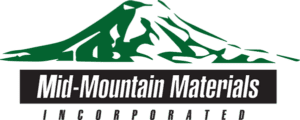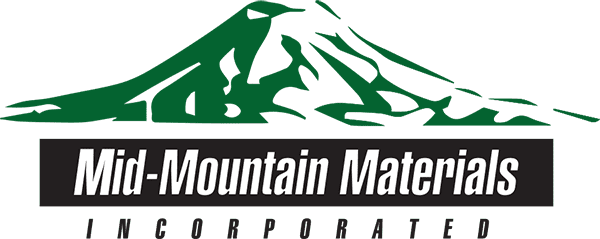Thermal solar collectors absorb sunlight to collect heat. The term thermal solar collector is often used in reference to a device for heating water, however the term also can be used for large power generating installations or non-water heating devices.
Solar thermal collectors are extremely efficient at capturing solar radiation, which is mostly comprised of electromagnetic radiation on the infrared (IR) and ultraviolet (UV) bands. Only 47% of the solar energy that bombards the earth daily actually reaches the surface of our planet, with high volumes of EM radiation being lost to absorption and diffusion of molecules in the atmosphere, as well as reflection off our ozone layer. Yet the 47% that does arrive at the earth’s surface is an exceptional, renewable source of energy.
Types of Thermal Solar Collector
Solar thermal collectors can be either non-concentrating or concentrating. Non-concentrating collectors have an absorber area (absorbing the radiation) and aperture area (receiving the radiation) that are around the same size. An example of this system is a metal plate painted in a dark color, which maximizes the absorption of sunlight. To collect this energy, the plate is cooled with a fluid that runs inside pipes which are attached to the plate. Insulation materials are especially important to ensure that these pipes do not overheat.
Concentrating collectors have an aperture which is much bigger than the absorber area. The aperture is usually a mirror which is focused on the absorber. Because the position of sunlight moves throughout the day, concentrating collectors often need a form of solar tracking. Thermal solar collectors are often used in swimming pool heating, domestic hot water provision and in R&D applications.
Importance of Insulation Materials for Solar Thermal Collectors
Solar thermal collectors use a transport medium or heat transfer fluid to convert solar radiation into thermal energy. This is why insulation materials are so critical as they help to save and concentrate energy. Insulation materials prevent heat loss and stop the supporting material from overheating.
Insulation materials add value for domestic and industrial customers. By stopping thermal losses through the rear and the sides of the collector, insulation increases the efficiency of the collector, meaning the maximum amount of collected heat to be relocated to the circulating fluid. Insulation materials also enhance operational efficiency as they are easily accessible and serviceable, meaning they can be inspected and maintained easily.
Insulation materials also mean components are safe to touch and the ambient air is cooler, resulting in a more comfortable work environment. Insulation materials also ensure that the energy is far more efficient, and energy lost to the surroundings is reduced.
The CERMEX® products from Mid-Mountain Materials are created from fiberglass, silica, ceramic fiber, mineral wool, and bio soluble fiber. This combination of fibers, fillers, and binders makes CERMEX® products mechanically stable under temperatures ranging from 1000°F to 2000°F. CERMEX® insulation blankets, mats, and papers can be modified for use as thermal insulation.
If you would like to find out more about our range of insulation materials, contact us today.

